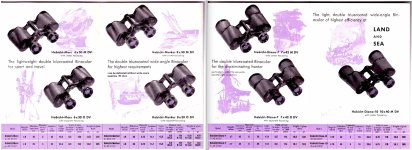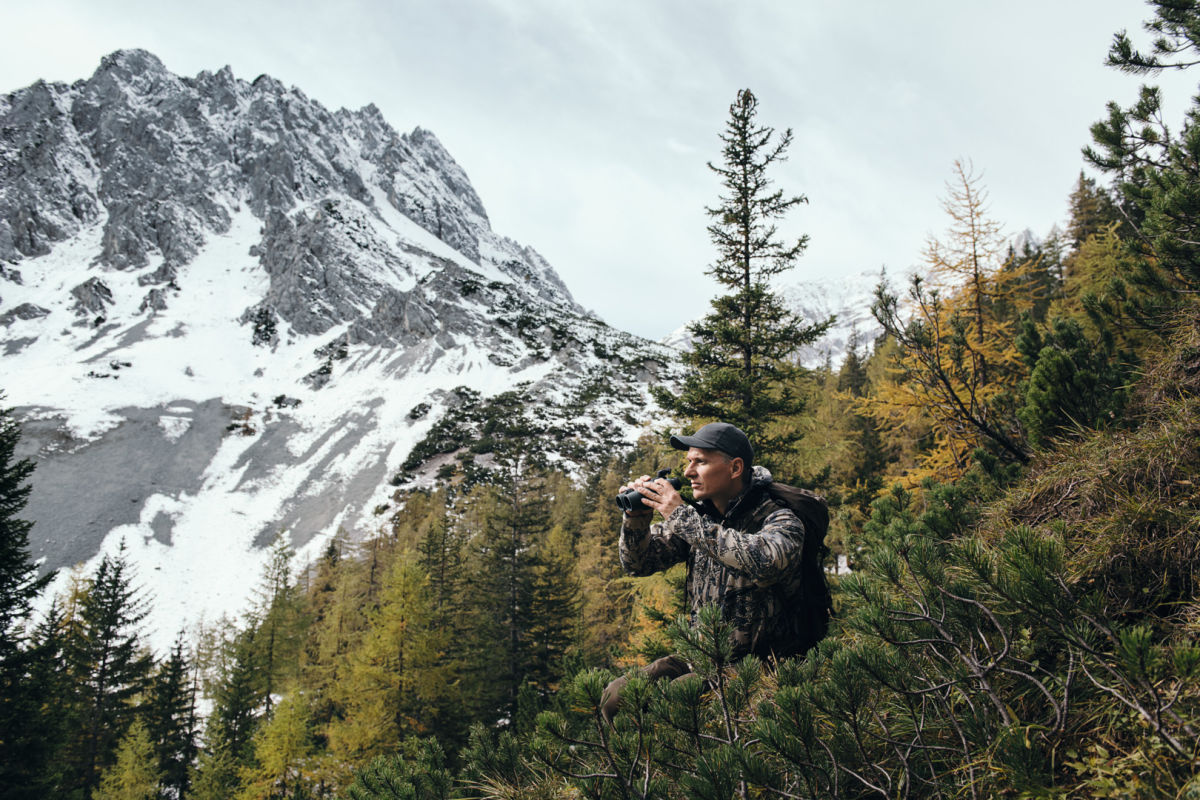John A Roberts
Well-known member

I don’t think that anyone would dispute that x56 binoculars are primarily intended for hunters,
since they would be the largest identifiable group of purchasers.
And that makes the point that within any binocular lineup (e.g. Zeiss HT or FL; Swarovski NL, EL SV or SLC, or; Leica NV or UV),
particular models are going to better suit particular uses/ users.
But that doesn’t make the case that a particular lineup was solely or even primarily designed with one user group in mind,
regardless of how it may be marketed once in production *
And even within Zeiss there seems to be confusion on this.
e.g. see Andreas’ conversation with a Zeiss service employee, and what he said about the FL and HT lines being aimed at hunters (post #182).
In contrast, the press release about the HT from the then president of CZ Sports Optics directly contradicts this regarding the FL line
(see the highlighted text in post #170).
John
* The clear exception is the Zeiss SF x42, in light of Dobler's detailed comments about it's creation.
since they would be the largest identifiable group of purchasers.
And that makes the point that within any binocular lineup (e.g. Zeiss HT or FL; Swarovski NL, EL SV or SLC, or; Leica NV or UV),
particular models are going to better suit particular uses/ users.
But that doesn’t make the case that a particular lineup was solely or even primarily designed with one user group in mind,
regardless of how it may be marketed once in production *
And even within Zeiss there seems to be confusion on this.
e.g. see Andreas’ conversation with a Zeiss service employee, and what he said about the FL and HT lines being aimed at hunters (post #182).
In contrast, the press release about the HT from the then president of CZ Sports Optics directly contradicts this regarding the FL line
(see the highlighted text in post #170).
John
* The clear exception is the Zeiss SF x42, in light of Dobler's detailed comments about it's creation.
Last edited:









